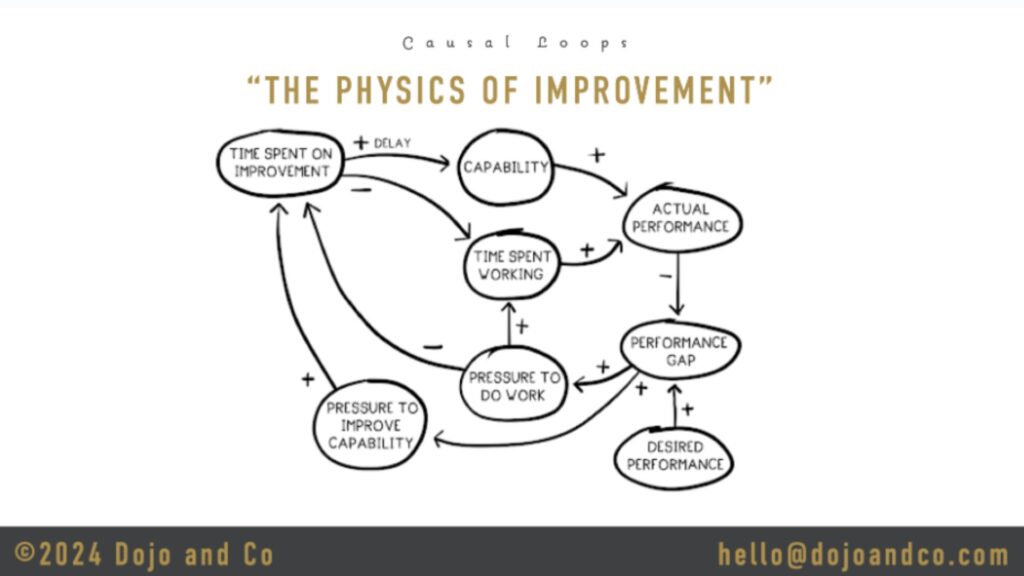Introduction
First thing first: We are not implementing learning opportunities solely for the sake of learning. Instead, we’re focused on enabling our people to do their best work. This is our promise to them. To that end, learning is a means to removing impediments and helping people have the right skills at the right time so they can get the job done.
Look for problems to solve
Great! Our job is to remove the obstacles and enable our people to do their work. But what are those barriers? There are a couple of ways to find out. You can look at the data but you also need to talk to the people.
The data
Many organizations run periodic pulse surveys where they ask their people general questions about how things are going. These surveys can be an excellent source of information about what is not working. The key is to read all the comments and look for the patterns. That’s where the insights are.
As you read through the comments and begin to notice patterns, categorize them. You’ll notice that the complaints fit into a few buckets, which can be explored more deeply in the next step: employee interviews.
The interviews
Pulse data is no substitute for good old-fashioned conversations with your actual people. By setting up one-on-one interviews and probing with questions, together you can find solutions to the problems your team is facing.
Who should you talk to? Look for a cross-section of various people:
- Talk to new hires who recently went through the onboarding experience.
- More experienced employees may share their concerns about being interrupted to share their knowledge.
- Managers may have a different set of concerns when it comes to enabling their people.
- Technical individual contributors will have their own secret wishes and challenges.
Schedule a short 20-30 minute conversation. You want to find out about the main issues they run into on a regular basis. You also want to ask them what the ideal future looks like in terms of learning and working. Not everyone will have a clear idea but it’s important to tap into that brainstorming and get them thinking about their future goals. Once you have established Point A (present) and Point B (idealized future), explore options for moving forward. What is the low-hanging fruit you could take on today?
Involve the experts
Once you understand the problems to be solved, reach out to people who are most likely able to help you solve them. These people may be the subject matter experts or managers of teams that own the problematic issue.
Note: Even if you know the specific person who is most likely to help with the identified obstacle, you will want to reach out to their manager as well. Their manager controls their time or at least their priority list and you’ll need their approval to move forward.
Explain to this person that you’ve identified a problem in the organization that is an impediment to many people doing their best work and you think that a short workshop could help empower people. This is a high impact opportunity that helps others with relevant skills and also lowers the support cost for the team that owns the issue.
Build the one-pager
Now that you have a problem identified and have sold the idea to the expert who can help solve it, you want to build a minimum viable offering to see if it resonates.
In-person workshops tend to be the easiest way to get started. Before you work with the internal expert to create the content, you’ll want to gauge the company interest.
Schedule a short meeting with the expert to create a single page course description. Pick a date about a month in the future and promote the opportunity throughout the company. This timeframe gives you enough leeway to co-create the content with the expert if there proves to be enough demand for the topic.
Great, people are signing up!
It’s time to co-create the workshop with your experts. Some experts will need more hand-holding than others, but don’t worry about polishing the content too much. The goal is to enable others to have the right skills to do their best work. The slides don’t have to be perfect! You can iterate with feedback (more on that in a moment).
Keep the workshop relatively short — about an hour or two. That’s typically enough time to explain a concept that is incremental knowledge. For completely new concepts, people may need a few days to learn the ropes, which you’ll want to break down into smaller segments.
Think of these workshops as an opportunity to whiteboard how a system works or walk the participants through some code examples. This is an effective and easy to kick off a new topic which may spur other discoveries down the road.
Start and iterate
Now that you’ve done your research, found your expert, and drummed up some interest, give it a try. Keep track of how things are going. Gather feedback. Then double down on successes and eliminate efforts that aren’t resonating with your people.
As always, keep in mind the true goal of these workshops: Enabling your people to do their best work.







